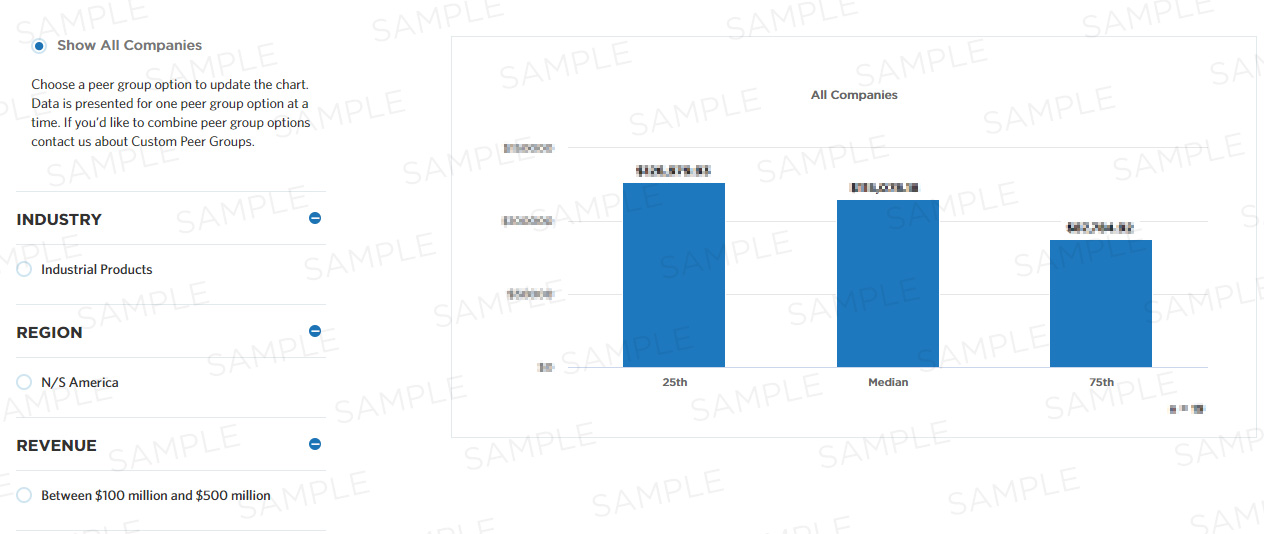Time in weeks to complete projects that address an identified business exposure or opportunity (between 20 and 40 percent of total annual revenue)
This measure calculates the average time in weeks taken by your business entity to complete projects (worth between 20 and 40 percent of total annual revenue) that address an identified business exposure or opportunity. This Cycle Time measure is intended to help companies analyze this duration related to the process group "Manage business resiliency and risk".
Benchmark Data
| 25th | Median | 75th |
|---|---|---|
| - | - | - |

Compute this Measure
Units for this measure are weeks.
Time in weeks to complete projects that address an identified business exposure or opportunity (between 20 and 40 percent of total revenue)
Key Terms
Total Annual Revenue/Net Revenue
Total annual revenue is net proceeds generated from the sale of products or services. This should reflect the selling price less any allowances such as quantity, discounts, rebates and returns. If your business entity is a support unit and therefore does not directly generate revenue, then provide the revenue amount for the units you support. For government/non-profit organizations, please use your non-pass-through budget. For insurance companies the total annual revenue is the total amount of direct written premiums, excluding net investment income. Note: Business entity revenue needs to only include inter-company business segment revenue when the transactions between those business segments are intended to reflect an arm's length transfer price and would therefore meet the regulatory requirements for external revenue reporting.
Cycle Time
Cycle time is the total time from the beginning of the process to the end. This includes both time spent actually performing the process and time spent waiting to move forward.